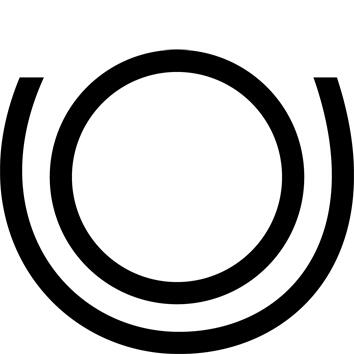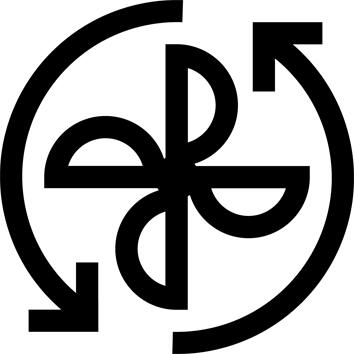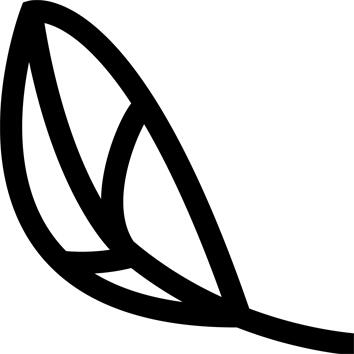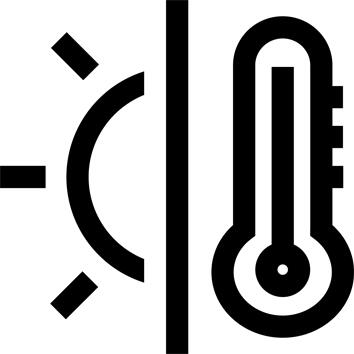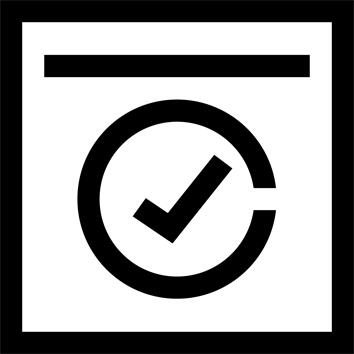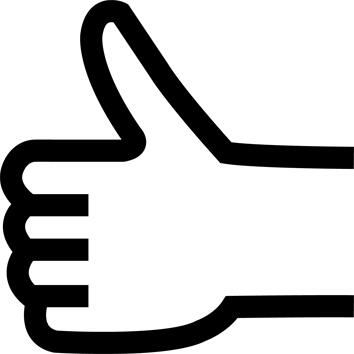Experience
The inner bonnet is removable.
Without this bonnet, you can put the mask under the helmet (wearing your classic bonnet).
During the fitting, check with your mask if you want to put it under the helmet.
The inner bonnet is made of EPP to withstand everyday shocks.
Compatibility
Try on your mask and hat before you buy. The thickness of the strap and buckles varies from one brand to another. As for the cup, there are big differences between a thin and a thick cup, which has implications for your choice of size.
Clamping wheel
The tightening knob is an essential part of your helmet's fit. This system allows easy, precise adjustment at all times, thanks to a knob that's accessible even when wearing ski gloves. The result is maximum comfort and safety. Turn the knob to the right to tighten, to the left to loosen.
ABS construction
This type of construction incorporates an ABS outer shell, injection-molded to withstand powerful impacts. It combines strength with high resistance to bumps and knocks. The EPP inner shell absorbs shocks on impact. We recommend that you change your ski helmet every 5 years at most, if it has not suffered a major impact in the meantime.
EN 1077 standard
European standard EN 1077 applies to helmets used for cranial protection during downhill skiing or snowboarding. It is characterized by tests on impact absorption capacity and penetration resistance. There are 2 categories:
- Class A: Protects the top and back of the head, as well as the ears and side of the head.
- Class B: Protects the top and back of the head, but does not cover the ears.
How to choose your helmet?
* Measure your head circumference in centimetres (middle of forehead, just above the ears).
* Then choose the size that covers this measurement.
Example: if your head circumference is 56cm, then try a helmet size 55-59cm.
Fitting
Take as much time as you need for the fitting. You don't want to feel any uncomfortable points. If you do, try another model. Always remember to try on your helmet with your mask, because not all helmets fit all masks. A helmet "matches" a ski mask when there is no air space between the top of the mask and the helmet.
Headset adjustment
During practice, the ski helmet must be properly adjusted and fitted:
* It must be chosen in the right size.
* The head size must be adjusted using the tightening knob.
* The chinstrap must be correctly adjusted.
It's a bit like the seatbelt in a car: if it's too loose, it won't do its job and you'll be less well protected.
Return conditions (Specific product: Personal protective equipment)
Make sure that the product is suitable for you.
If not, return it in accordance with our conditions: with instructions, labels and, if applicable, the original packaging.
